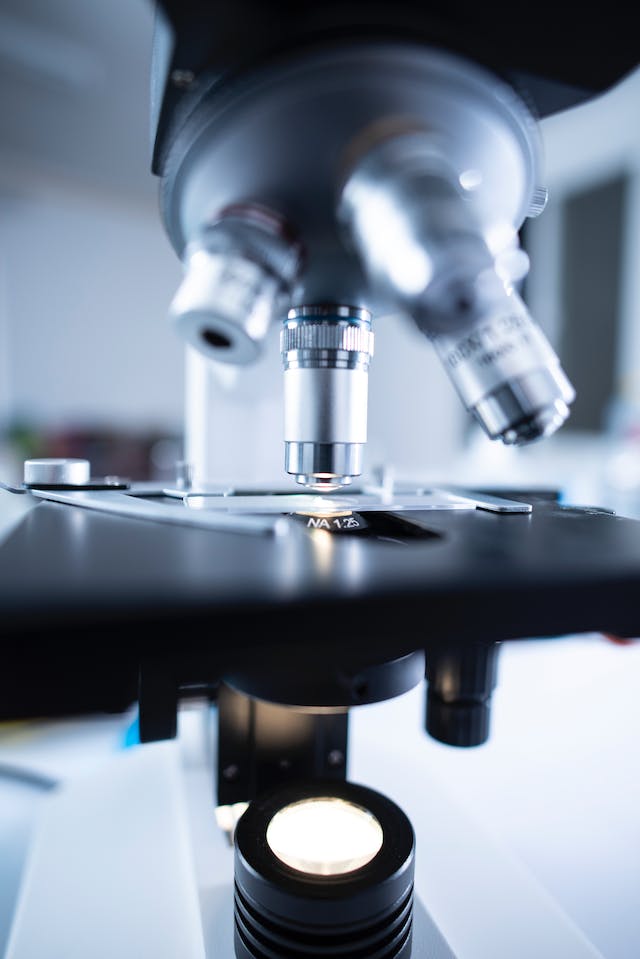Formula is a classy event. This single seater high-speed has been a premier form of auto racing for decades, really taking off post World War II. However, in the 21st century Formula 1 is facing unprecedented challenges.
The year 2020 has been particularly challenging. Even single seaters require a whole crew to make the race happen. Additionally, the coronavirus has put a new spotlight on environmental movements. Formula 1 is taking all of these as opportunities and striking out new paths for the future.
The coronavirus is highly contagious. Even sports that could be relatively safe compared to full contact sports such as football, basketball, or soccer face their challenges.
That is because the racers do not simply drive to the starting line, race, and go home. No, not at all. Each driver has its crew, plus the people needed to call the race, start the race, clean the facilities, provide food and refreshments. It is almost like a whole miniature city.
That is why a few outbreaks come as no surprise. Even with lots of safety measures in a relatively safe sport, the virus is difficult to control. These safety measures include regular testing, every five days and including one within 24 hours of an event.
For example, in the last week of October, George Russell’s trainer had to self isolate after showing COVID-19 symptoms. Because of incubation periods, it is possible to spread the coronavirus before testing positive or showing symptoms.
Upcoming Events
This particular COVID scare comes just one week before big races in Northern Italy. Formula 1 is moving onto the Autodromo Enzo e Dino Ferrari circuit for a 5km race track.
With fewer and fewer races, each one becomes all the more important. With fans and bookmakers getting into F1 excitement with full force. Each race is packed with more tension as they have reduced the normal 22-race schedule to somewhere between 15 and 18 depending on how things unfold.
One way Formula 1 is expanding their calendar is by expanding their map. They are looking to hold their first Formula 1 races in Saudi Arabia.
Keep your eyes on the Turkish Grand Prix. It is finally returning in 2020! Originally scheduled for August, the latest dates are November 13, 14, and 15. Hopefully they will find a way to carry this race out while respecting the safety of all those involved. No one can guarantee predictability in this case.
“Formula 1” by Kroiz is licensed under CC BY-ND 2.0
Other Obstacles
COVID has caused a lot of reflection around the world. Climate change increases the likelihood of pandemics, and Formula 1 is taking note!
FIA and Formula 1 have signed the “Sports for Climate Action” agreement from the United Nations. In it, they bravely pledge to be carbon neutral by 2030. This is a tall order for a motor sport.
They have already introduced a hybrid power unit for F1 vehicles and established an Environmental and Sustainability Commission.
It is great to see Formula 1 and FIA taking sustainability seriously. They have found creative solutions to the environmental challenges and the coronavirus. Their resilience is inspiring.
Where is F1 Headed
The future of Formula 1 is bright! And this is largely due to the creative leadership and their initiatives to bring Formula 1 into the future.
One such initiative is designed to bring new drivers into the F1 tradition. Because costs can be so high, it can be difficult to get started. The FIA is contemplating providing the basics of the car, such as the chassis, at low cost.
These efforts and continued research into making the sport safer for the athletes are what makes Formula 1 stand out. Despite these uncertain times, it is clear they have the resilience and the intelligence to pull through!

